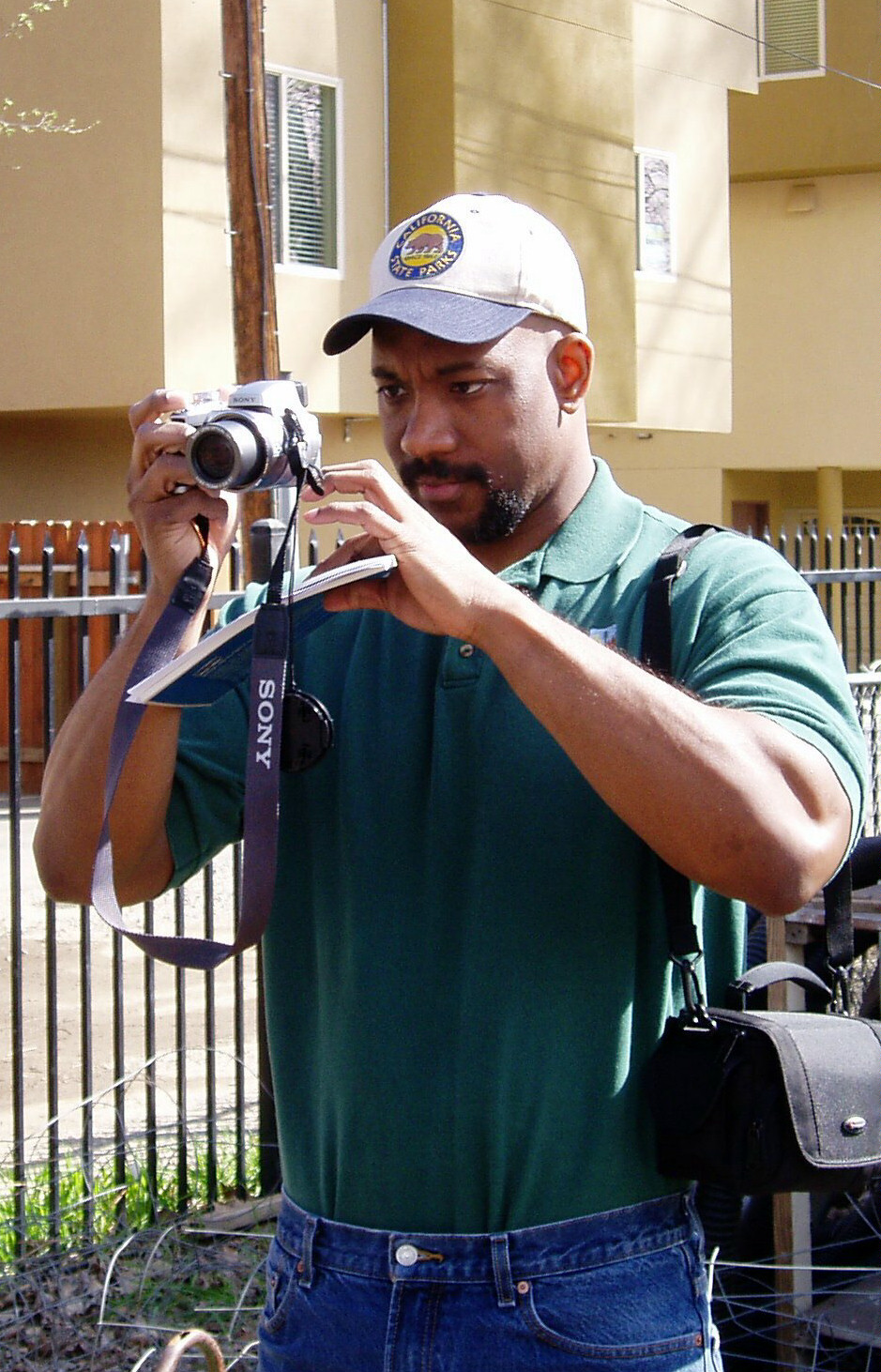Gregory B.
C. Shaw, PhD Assistant
Professor/Associate AIA
Department of Recreation, Parks & Tourism Administration
| Educational Background: |
| Bachelor
of Science in Architecture Georgia Institute of Technology Architecture is not simply making buildings, it's a way of looking at the world. It's an art form that exists in three dimensions, even when it is represented on paper. Just because something is a three dimensional building, however, does not make it architecture. I'd wanted to be an architect since the age of five, although I flipped back and forth through high school on deciding to go to college for urban design, architecture, graphic design or set design (although you can certainly find links between the four). I'm excited by design that's innovative for the time period it was done. I'm also interested in details, especially in modern architecture, which contrary to popular belief, is full of details. From my central Illinois roots I get my love of the Prairie Style and the Usonian House. Growing up in Florida, however, made me interested in urban design, especially in tourism areas (places that served as urban communities for temporary residents), with a focus on the artificial - in that tourism destinations often support/justify architecture heavily influenced by set design. My architectural preferences lean towards modernism and deconstruction, although I do have an appreciation for other styles, including California Craftsman, Art Deco and the Industrial Aesthetic. (Although some might disagree, I find that postmodernism holds almost no theoretical similarities to set design, and I haven't developed a liking for it at all.) My favorite architects include Mies van der Rohe, Iakov Chernikhov, Frank Lloyd Wright, Frank Gehry, Herzog and de Meuron, Rem Koolhaas, Earo Saarinen, Greene and Greene, and, of course, Louis Sullivan. |
| Master
of Science in Recreation Administration California State University, Sacramento I didn't ever intend to become an expert in recreation (and I'm stil not), but leisure theory and tourism have always interested me. A master's is a baby research degree, and with it I took the opportunity to ultimately examine tourist motivations and limits to access. Design can influence visitor satisfaction and help to establish a "sense of place" for a destination. Lake Tahoe provided a perfect backdrop for my thesis, with tourist motivations focused largely on outdoor recreational activities, but with a commercial recreation management system. Interestingly, the adopted architectural treatment ("style" would be inappropriate), called "Alpine Elegance," has begun to unify the appearance of Lake Tahoe communities for tourist enjoyment, although it has completely undermined any authenticity of the Lake region. |
| Doctor
of Philosophy in Geography (PhD Minor in Landscape Architecture) University of California, Davis Geography, "the mother of all sciences," is the most appropriate discipline to study man's interaction with the surface of the earth - the landscape. Urban design, which creates the landscape in urban areas, is responsible for cities, which are man's most outstanding marks on the surface of the earth. Tourism is often an increasingly important consideration for and byproduct of unique urban design. Cities are using tourism and recreation as powerful tools for influencing design and architectural aesthetic. This is then used to market cities to attract affluent, educated residents. More than ever, people are becoming tourists in the cities in which they live. Geography is a springboard for examining spatial and social phenomenon in cities, looking at multiple factors simultaneously, including tourism. |
| Professional
Website: http://www.csus.edu/indiv/s/shawg |

| Hobbies: |
| Photography My fascination with photography and graphic design is long-lived, and not extremely different from architecture in many ways. It all involves a love for the aesthetic. Photography, especially tourist photography, has several shortcomings and often limits itself to mimicking "postcard" pictures, rather than showing any creativity. Learning to photograph locations beyond the postcard invites tourists to actually explore a site (not sight). These photos are naturally less interesting to others and become more personal and perhaps meaningful. Architectural photography is also often concerned too greatly with making a building or site look attractive. I prefer to simplify the use of photography (perhaps unfairly to the art of photography itself), to dissect and document a location, and to examine the details of a building. From a recreation perspective, Ansel Adams captured California's National Parks, but perhaps my love for the industrial aesthetic finds me more impressed with the work of Bernd and Hilla Becher. |
| Working
Out Perfection has always been the ultimate goal. It comes from being American, and it comes from being raised with a Midwestern work ethic - quite the opposite of anything having to do with leisure. Advanced degrees perfect the mind and working out perfects the body. Like the best leisure activities though, one can never achieve all knowledge, and the body will always need improvement. It's fulfilling in its never-endingness. |
| Roller
Coasters Speed and falling are addictive, and as far as I am concerned, they will never build one fast or high enough. The classic "woodies" are the best, with designs by John Allen and Arthur Loof of particular note. They're loud, zippy and leave everyone laughing. Still, the "steelies," especially by Bolliger and Mabillard, exhibit such shear power in their maneuvers that even with the sterile smoothness, they are a delight to watch and to ride. |
| Wine California's wine industry was born in the Central Valley. Wine is much more than a bottled drink, it combines agriculture, dining, mythology, tourism, socializing, economics, landscape design, cultural mimicry, retail, labor, ecology, politics and morality. It's absolutely fascinating. Architecture is finally stepping in, and Herzog and de Meuron, and Frank Gehry will give the industry showpiece buildings, while castles and Italian Villas provide fantasy backdrops to attract tourists. |
| Reading In this business, if you don't, you're irrelevant. So, I do. |
| Personal
Website: http://www.archtour.com |